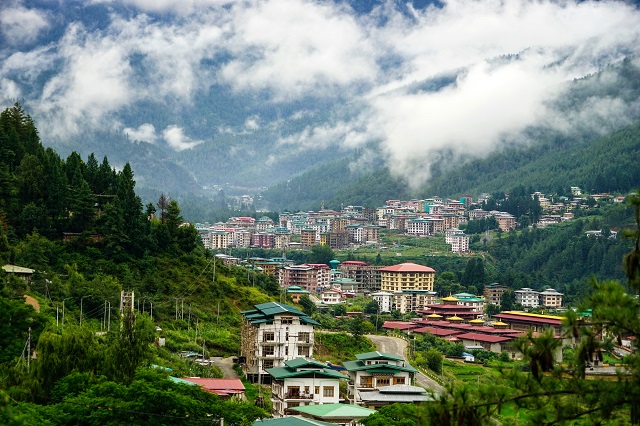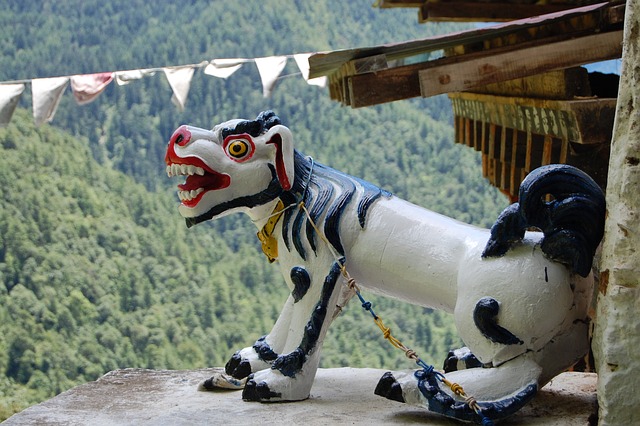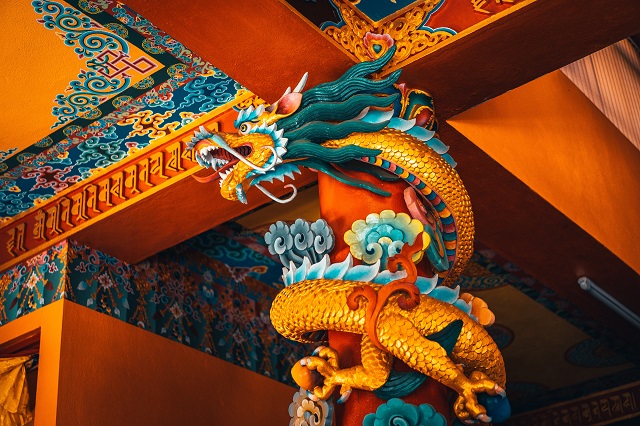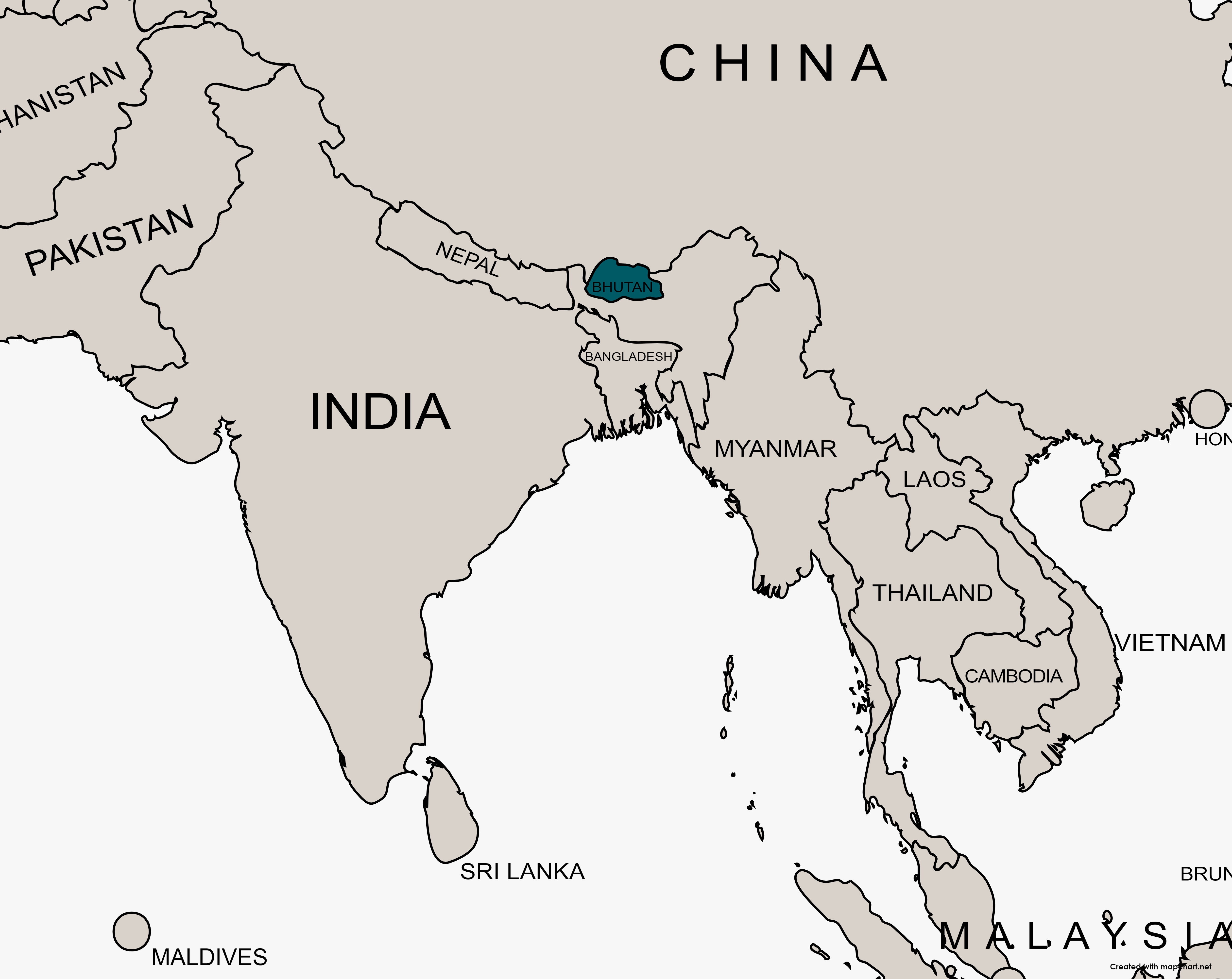Dochula Pass: Perched at an elevation of 3,150 metres, Dochula Pass offers some of the most breathtaking mountain views in the world. On a clear day, travellers are rewarded with sweeping panoramas of the snow-capped eastern Himalayas.
Punakha: Once Bhutan’s winter capital, Punakha is home to one of the country’s most exquisite architectural masterpieces: Punakha Dzong. Positioned at the confluence of the Pho Chhu (Father River) and Mo Chhu (Mother River), the dzong features intricate courtyards, richly adorned temples, and the spectacular Great Assembly Hall, upheld by 100 intricately carved pillars. It’s a striking blend of natural beauty and monastic grandeur.
Taktsang (Tigers Nest) Monastery: Clinging dramatically to a cliffside 900 metres above the Paro Valley, Tiger’s Nest Monastery is Bhutan’s most iconic landmark. A short drive from Paro followed by a rewarding uphill trek leads you to this sacred site, believed to be where Guru Rinpoche meditated in the 8th century. The monastery’s four temples, monastic dwellings, and profound serenity make the journey as moving as the destination itself.
Thimphu: Bhutan’s capital city, Thimphu, is nestled in a high-altitude valley at 2,350 metres and surrounded by pine-forested hills. A blend of tradition and modernity, the city buzzes with markets, craft shops, and local eateries. Highlights include the National Textile Museum, Folk Heritage Museum, and the lively Changlingmethang Market. At its heart lies the Clock Tower Square, a charming meeting point for locals and visitors alike.
Thimphu Memorial Chorten: A beloved spiritual site, the Memorial Chorten was built in honour of Bhutan’s third king and is one of the capital’s most sacred landmarks. Visitors will witness locals performing the sacred ritual of circumambulation, walking clockwise around the whitewashed stupa while spinning prayer wheels.
When to go
The most popular times to visit Bhutan are during the spring (March to May) and autumn (September to November). These seasons bring pleasant temperatures, clear skies, and ideal conditions for trekking and photography. Autumn, in particular, offers brilliant views of the Himalayas, while spring brings vibrant rhododendron blooms. These months also coincide with Bhutan’s most vibrant and colourful religious festivals (tsechus), offering a deep cultural immersion and a chance to witness traditional masked dances and ceremonial rituals.
Useful information
Currency: The official currency is the Bhutanese Ngultrum (BTN), which is pegged to the Indian Rupee. Indian Rupees (INR) are also widely accepted throughout the country.
Language: Dzongkha is the official language of Bhutan. However, many Bhutanese also speak regional dialects, including Tibetan and Nepalese languages, depending on the area. English is commonly used in schools and by those in the tourism industry, making communication relatively easy for visitors.
What makes it special: From the pristine mountain air of the Himalayas to the vibrant festivals in town, there's so much to adore about this country. Bhutan's ability to preserve its rich and captivating culture, shielded from the excesses of mass tourism for decades, is a truly remarkable feat. Whether you’re hiking to the dramatic Tiger’s Nest Monastery, exploring ancient dzongs, or discovering peaceful countryside trails, Bhutan offers a sense of serenity that leaves a lasting impression.
Social Customs: Bhutanese society is deeply shaped by Buddhist values, with a calm and respectful way of life. Archery is the national sport and a spirited social tradition, with village tournaments featuring friendly competition, song, dance, and plenty of good-natured distraction tactics. While international cuisine is available in some hotels, trying local dishes - particularly ema datshi, a fiery mix of chili peppers and cheese - is part of the Bhutanese experience. Don’t miss the exquisite handwoven textiles made by mountain women on portable looms, some garments can take up to six months to complete, reflecting both the skill and patience of this enduring craft.
If Bhutan is on your list, Michelle is the one to talk to. She travelled in 2024 through this enchanting Himalayan kingdom and shares her reflections on its “serenity, simplicity, and the strong sense of place” in her blog. Read it here, or email [email protected].




